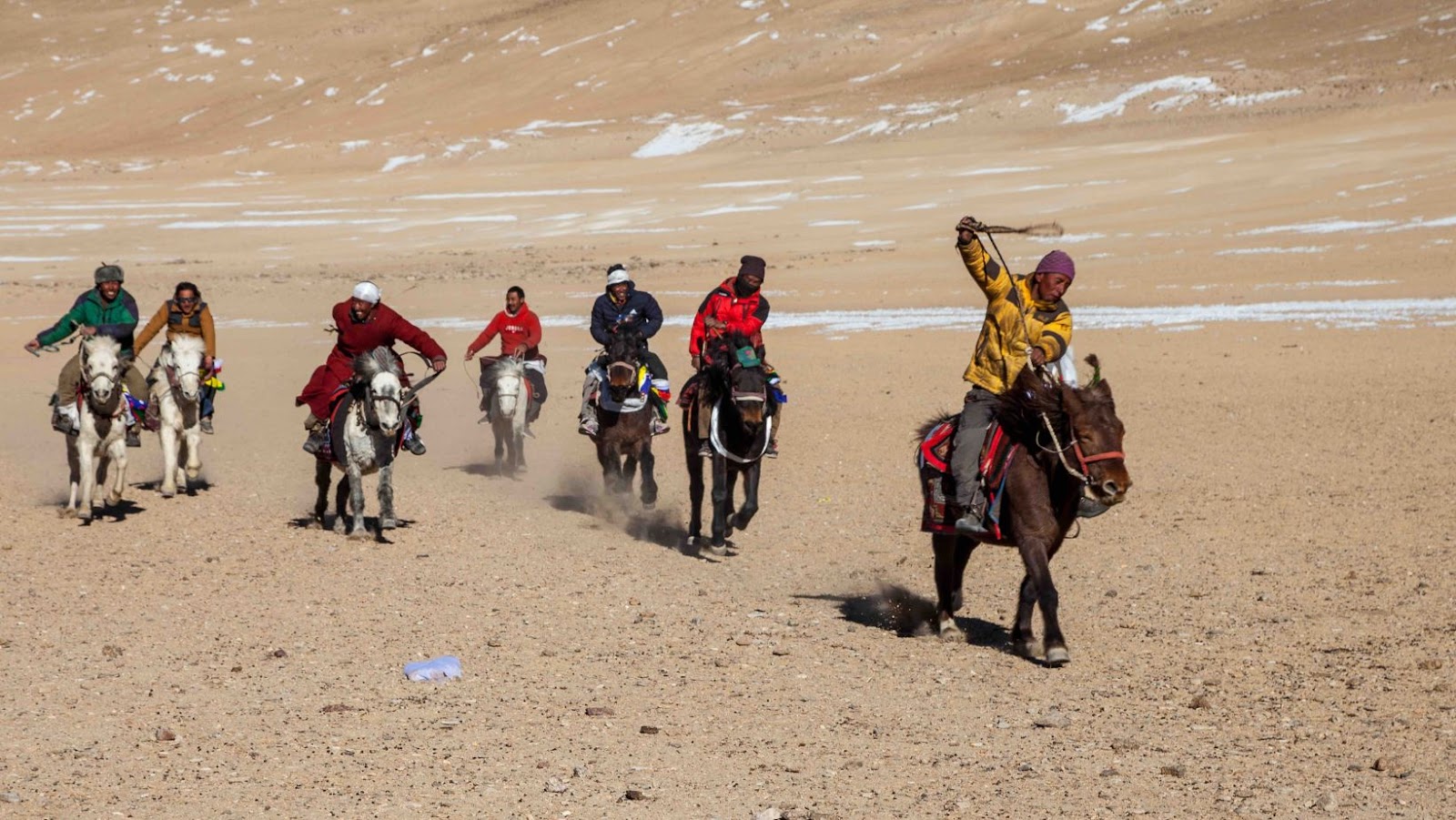In a world that’s increasingly interconnected, the allure of a nomadic lifestyle captivates many seeking freedom and adventure. This lifestyle, characterized by constant movement rather than permanent residence, challenges traditional notions of stability and routine. As digital technology evolves, more individuals find themselves drawn to the flexibility and excitement that come with living and working from virtually anywhere. Nomadic living isn’t just about travel; it’s a mindset that embraces change and adaptability. Those who choose this path often prioritize experiences over possessions, finding fulfillment in diverse cultures and landscapes. With the rise of remote work, the nomadic lifestyle has become more accessible, allowing people to redefine what it means to live and work in the modern age. As society shifts towards more fluid ways of living, understanding the nomadic lifestyle becomes essential. It’s a journey that offers endless possibilities for those ready to embrace a life less ordinary. This simplified approach helps them focus on personal growth and meaningful interactions over material accumulation. While not devoid of challenges, a nomadic lifestyle offers those seeking adventure and diversity a chance to redefine what it means to truly live.
What Is Nomadic Lifestyle
A nomadic lifestyle revolves around mobility and adaptability. Individuals or groups frequently relocate, often with no fixed long-term destination. Emphasizing exploration and flexibility, this lifestyle contrasts with conventional fixed living. Nomads choose this path for various reasons, such as seeking diverse experiences or breaking free from traditional constraints. Digital nomads exemplify modern nomadism, combining work and travel. With technology enabling remote work, they explore different cultures without compromising careers. For instance, they may live in Southeast Asia for several months before moving to Europe. Unlike traditional nomads who moved for survival, contemporary nomads often make choices based on personal interests and global connectivity. Engaging with different cultures provides invaluable learning opportunities. This lifestyle fosters cultural appreciation through firsthand interactions, broadening perspectives. Nomads immerse themselves in diverse environments, learning local languages, traditions, and practices. Adaptability is crucial as they face varying languages, climates, and societal norms. By prioritizing experiences over possessions, nomads value freedom and self-discovery. Minimalism often accompanies this lifestyle, as travel constraints dictate light living.
Historical Background of Nomadism
Nomadism represents a lifestyle based on moving across various regions to adapt and thrive. This way of life reflects humanity’s early existence and touches diverse cultures. Nomadic life traces back to the Paleolithic era, around 2.5 million years ago, when early humans relied on hunting and gathering for survival. Constant movement was necessary to follow migratory patterns and seasonal resources. Over millennia, nomadism evolved with the introduction of livestock and agriculture, like in the Neolithic period’s development of pastoral nomadism. Animal domestication allowed nomads to travel with their herds, spreading across vast regions in search of grazing lands.Traditional nomadic cultures encompass various groups worldwide, such as the Mongols of Central Asia, the Bedouins of the Arabian Peninsula, and the Sámi of the Scandinavian region. These cultures often share common elements, including a strong connection to nature and reliance on animal husbandry. The Bedouins, for example, skillfully adapt to desert environments by herding camels and goats. Meanwhile, the Sámi practice reindeer herding across Arctic and sub-Arctic landscapes. Despite geographic differences, traditional nomadic cultures exhibit remarkable resilience and adaptability to their environments.
Modern Nomadic Lifestyle
The modern nomadic lifestyle thrives on digital connectivity and innovative living solutions. It merges traditional nomadic values with contemporary conveniences, often focusing on flexibility and minimalism. Digital nomads utilize digital tools to work from any location. They leverage platforms like Zoom and Slack to maintain professional ties while traveling. Online freelancing and remote jobs enable them to explore new cultures and landscapes without geographical constraints. This lifestyle highlights a balance between work and travel, offering a dynamic way of living that was unimaginable before the internet era. Van life represents a subset of modern nomadism, offering a blend of mobility and convenience. Enthusiasts retrofit vehicles into fully-functional homes, prioritizing sustainability and minimalism. They navigate various destinations, from urban areas to remote natural settings, all while maintaining comfort and accessibility. Mobile living embraces the spirit of exploration, allowing individuals to redefine traditional notions of home and permanence.